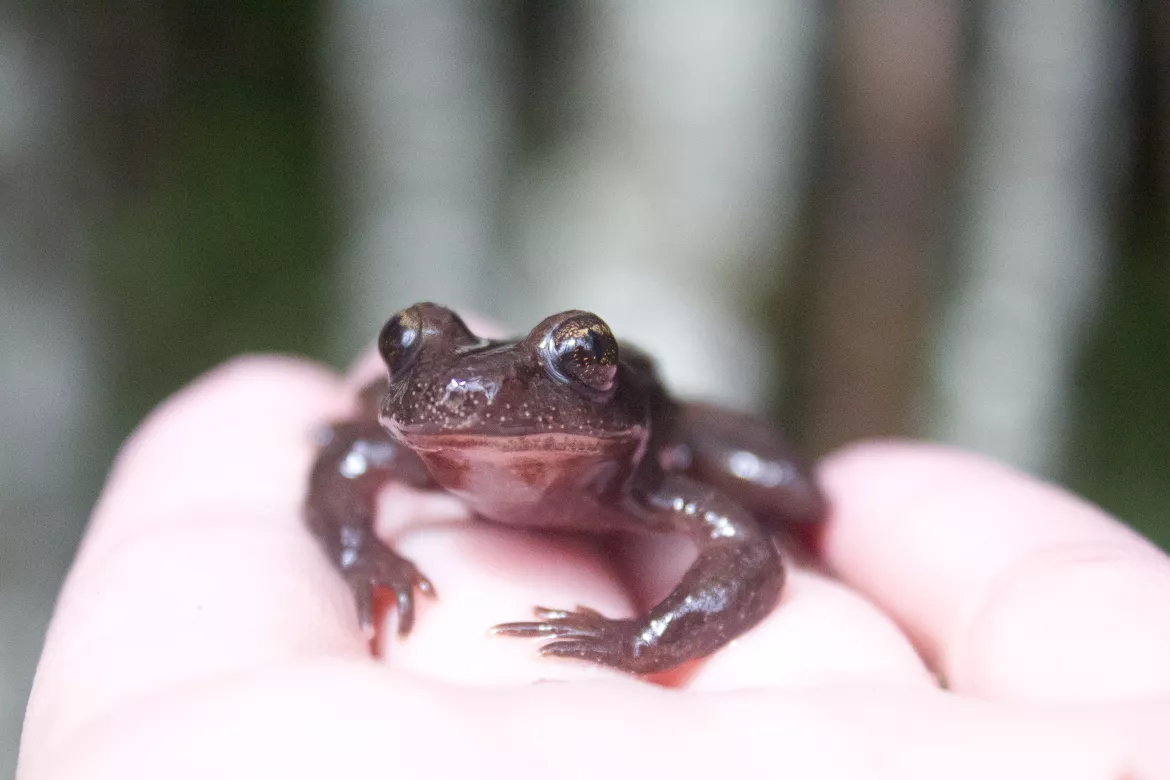
How is eDNA used?
eDNA can be used to detect the presence/absence of a species. For example, eDNA has been used to investigate the range of populations as well as the progress of invasive species. This type of detection requires less field expertise and is especially useful if a species is difficult to locate or capture.
How does eDNA work?
DNA is purified from water filters or soil in the lab. We use a highly specific probe system to detect fragments of DNA from your particular species of interest. We add a positive control to ensure inhibitors are not preventing detection, and negative controls detect sampling cross-contamination. Samples are run against a standard curve of reference DNA.
Which species can be detected by eDNA?
Our lab currently has detected eDNA for Coastal Tailed Frog, Spadefoot Toad, and Western Painted Turtle. However, we can design new assays for other species upon request.
How much does eDNA sampling cost?
Sample collection is done by the user. We can provide you with directions for collection and filtration. Cost depends on if you would like to use an existing assay, or design a new one. If you want to detect more than one species, we may also be able to multiplex reactions. Please contact us to discuss pricing.